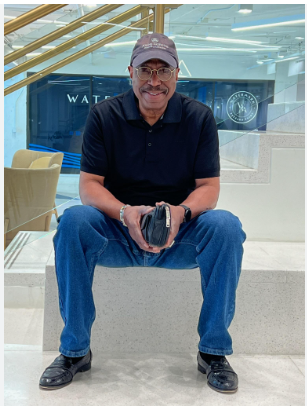The globe is full of special and different civilizations, each with their own customs, morals, and procedures. A great custom which has survived for many years is Ratijoga, a well known folk boogie in the Indian condition of Western side Bengal. This boogie has not only made it through the exam of energy, but in addition is still an integral part of Bengali tradition. Within this post, we are going to Pitra Devta discover what Ratijoga is centered on and why it can be this kind of essential factor of Bengali cultural heritage.
Ratijoga is a form of folk party that is certainly typically performed through the festivity of Radha Purnima, which slips around the whole moon working day in the calendar month of Kartik (October-Nov). This party is a festivity in the divine really like between Lord Krishna and his beloved Radha. The dancers, usually women, embellish their selves with vibrant sarees and jewellery and dance barefoot towards the rhythmic is better than of standard Bengali songs.
The dance alone is made up of elaborate footwork, graceful palm motions, and vibrant twirls. The women party in a circular creation and move around in a clockwise course, with one of them top the group. The leader is called the ‘dhakini’, and she units the tempo and tempo of your party. The other dancers stick to her steer, making a mesmerising and beneficial display of motion.
Ratijoga is not merely a party, but in addition a form of meditating and spiritual exercise. The dancers are said to move inside a trance-like express, relinquishing their ego and merging together with the divine. The party symbolises the soul’s wishing for union with God and is considered a way to enlightenment.
The beginnings of Ratijoga can be traced returning to the Bhakti movement of middle ages India, which emphasised devotion and passion for Our god. Over time, the dancing evolved into an original manifestation of Bengali culture and personal identity. These days, Ratijoga is carried out in different aspects of Western side Bengal, which includes Kolkata, Nadia, Murshidabad, and Birbhum.
In a nutshell
In today’s fast-paced world, it’s an easy task to shed contact with the social history and cultures. However, Ratijoga functions as a note that our societal beliefs and practices are not only a part of our past, but in addition a crucial element of our current and future. By embracing and celebrating our ethnic history, we are able to obtain a greater knowledge of ourselves and our place worldwide. Ratijoga is not only a dancing, but a home window in to the heart and soul of Bengali culture. It is a prompt of the effectiveness of devotion, enjoy, and spirituality inside our day-to-day lives. So the very next time you can see or learn about Ratijoga, take the time to enjoy its elegance and relevance.




